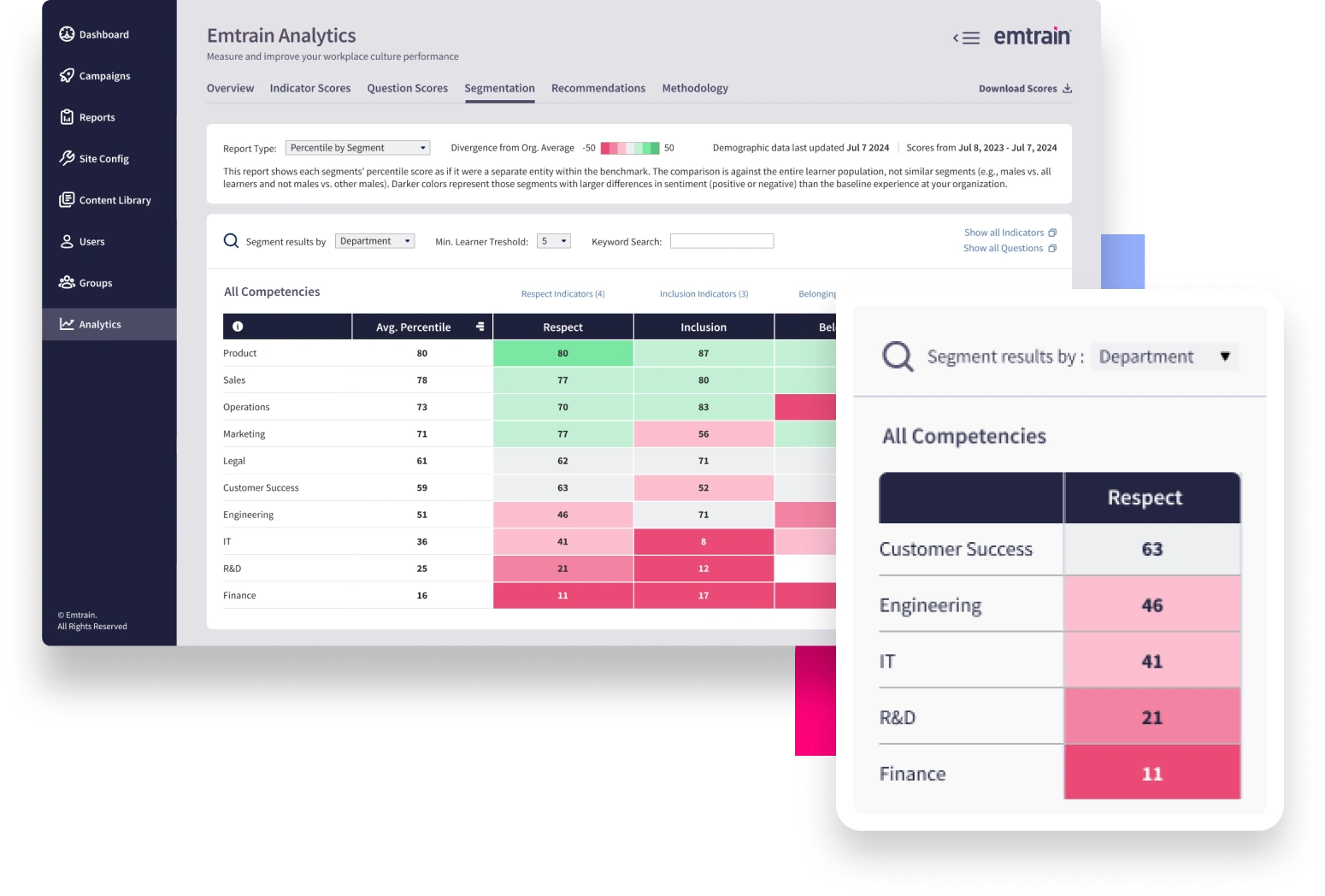Ageism refers to prejudice or discrimination against individuals based on their age, often resulting in unequal treatment or biased assumptions about their capabilities. In the workplace, ageism can manifest as stereotyping, exclusion from projects, lack of advancement opportunities, or pressuring older employees to retire.
Emtrain’s harassment training course is engaging, interactive, and designed to spot and reduce EEO risk.

Ageism, though often associated with modern workplace challenges, has deep historical roots in societal attitudes and workplace practices. Understanding its evolution helps shed light on its persistence and provides context for current efforts to combat age discrimination.
Understanding the historical evolution of ageism provides insight into its roots and persistence. By recognizing these patterns, organizations can take informed steps to dismantle age-based stereotypes and create more equitable workplaces for employees of all ages.
Ageism is a pervasive issue in modern workplaces, where stereotypes about younger or older employees can lead to discriminatory practices. For example:
Impact of Ageism
How to Combat Ageism
Emtrain Resources
Video Preview: Age Bias in Action
In this scenario, a manager dismisses the contributions of an older employee by suggesting it’s time to “make room for others” and pressures her to retire. This highlights how subtle comments can perpetuate age bias and create a toxic work environment. The video emphasizes the importance of valuing employees of all ages and ensuring equitable treatment.